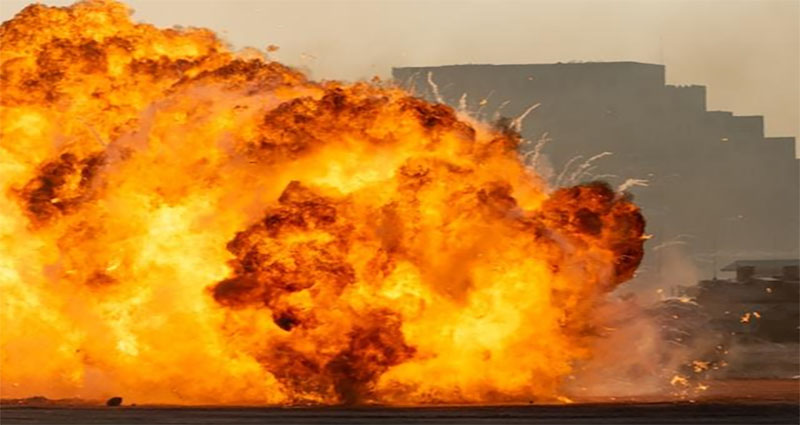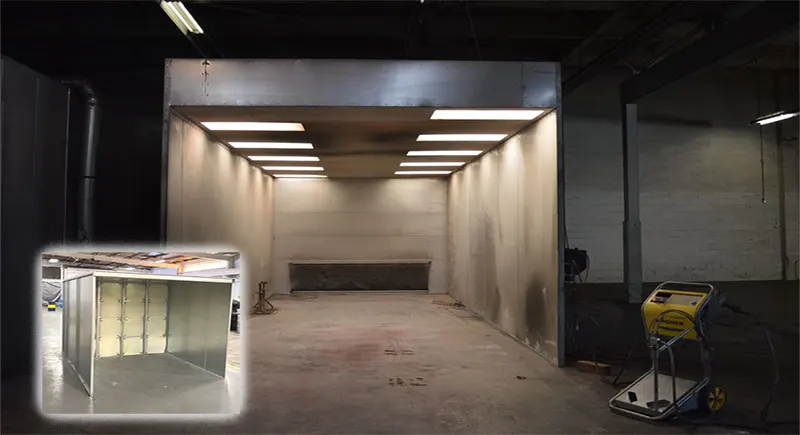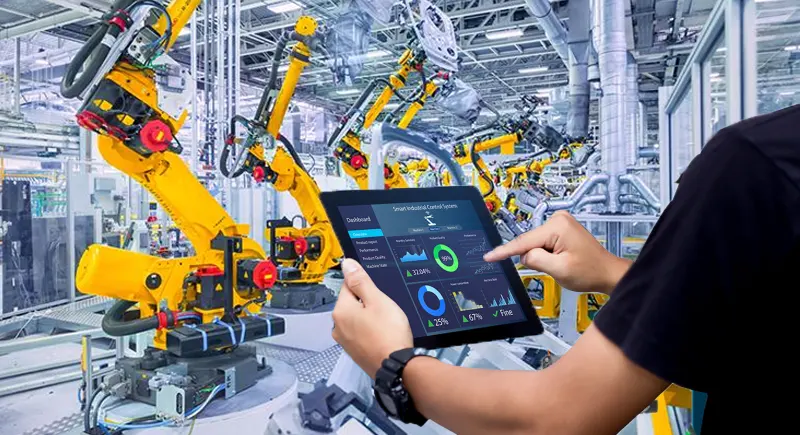Explosives detection technology has come a long way, playing a crucial role in ensuring safety and security across the globe. Through constant innovation and advancements, these detection methods have evolved to become more efficient and reliable. In this article, we will delve into the development of explosives detection technology, its various applications, and how it works in detecting potentially hazardous materials.
The Evolution of Explosives Detection Technology
The history of explosives detection can be traced back to the use of canines in detecting dangerous substances. With their keen sense of smell, dogs have been employed to sniff out hidden explosives, proving to be an invaluable asset in many situations. However, as technology advanced, the need for more efficient and accurate methods became apparent.
From Canines to Advanced Devices
Today, the field of explosives detection has witnessed a significant shift from relying solely on canines to incorporating sophisticated devices. These devices include handheld explosives trace detector systems and large-scale scanners, which can detect even minute traces of explosive materials. By leveraging cutting-edge technology, these devices have improved the accuracy and effectiveness of detecting dangerous substances. Explosives detection has now entered a new era where technology plays a pivotal role in keeping people safe.
Various Applications of Explosives Detection Tech
Explosives detection technology is now widely used across numerous sectors and industries. Its primary purpose is to ensure safety and security by identifying and preventing potential threats from escalating. From public spaces to transportation systems, these detection methods have been instrumental in maintaining a secure environment.
Enhancing Security in Public Spaces and Transportation
One of the most prominent applications of explosives detection tech can be seen in public spaces such as airports, train stations, and stadiums. Security personnel use explosives detection devices to screen luggage, cargo, and passengers for any potential threats. This technology has become an integral part of security protocols, helping to prevent incidents and maintain a safe atmosphere. In addition to public spaces, explosives detection technology is also used in military and law enforcement settings, where it plays a vital role in detecting and neutralizing potential threats.
How Explosives Detection Tech Works
Understanding the science behind explosives detection technology is essential in appreciating its effectiveness. These detection methods employ various techniques to identify the presence of explosive materials, ranging from spectrometry to advanced imaging methods.
The Role of Spectrometry and Imaging Techniques
Spectrometry is a key component in many explosives detection systems, allowing for the identification of chemical compounds present in a sample. By analyzing the unique chemical signatures of various explosives, these devices can accurately determine the presence of dangerous substances. In addition to spectrometry, imaging techniques such as X-ray and computed tomography (CT) scans are also used to identify potential threats. These methods allow security personnel to see inside bags and packages without opening them, ensuring a non-invasive and efficient screening process. Through the combination of these techniques, explosives detection technology has become an indispensable tool in maintaining security and safeguarding public spaces.
Overall, explosives detection tech has evolved tremendously over the years and has become an essential component in ensuring safety across various sectors. From canines to advanced devices like explosives trace detector systems, these methods have proven to be highly effective in identifying and neutralizing potential threats. As technology continues to advance, we can expect even more sophisticated and reliable detection systems to emerge, further enhancing our ability to uncover hidden dangers and protect our communities.





